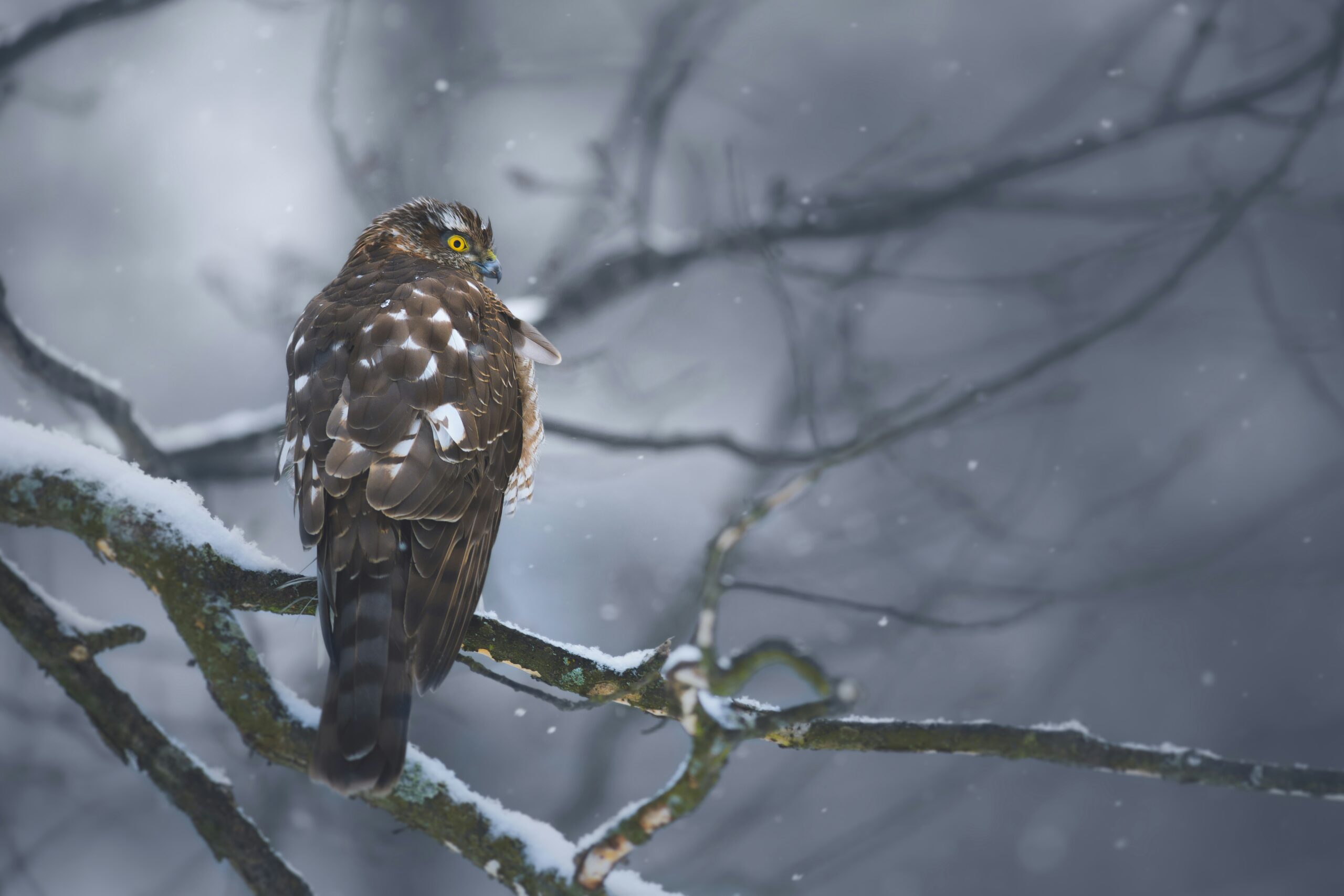Sparrowhawks are fascinating birds of prey known for their agility, speed, and remarkable hunting skills. These raptors are commonly found across Europe and parts of Asia, thriving in woodland areas, gardens, and open countryside. One of the most intriguing aspects of their behavior is their hunting schedule. Understanding what time of day sparrowhawks hunt provides insight into their predatory strategies and their role in the ecosystem.
Sparrowhawk Hunting Behavior
Sparrowhawks are ambush predators, relying on their stealth, agility, and surprise attacks to capture their prey. Their diet consists mainly of small birds, particularly those found in gardens and wooded areas. Unlike larger birds of prey that rely on soaring and scanning for food, sparrowhawks use a more direct and aggressive approach.
Their sharp eyesight, swift reflexes, and excellent maneuverability make them highly effective hunters. However, their success rate depends significantly on the time of day, weather conditions, and availability of prey.
What Time of Day Do Sparrowhawks Hunt?
Sparrowhawks primarily hunt during daylight hours, with peak activity observed in the early morning and late afternoon. These times align with the increased movement of small birds, which are their primary prey. Below is a breakdown of their hunting patterns throughout the day:
Early Morning: Prime Hunting Time
The early morning hours, shortly after sunrise, are when sparrowhawks are most active. This period offers several advantages:
- Small birds leave their roosts in search of food, making them more vulnerable to predation.
- The lighting conditions provide optimal visibility for sparrowhawks.
- The air is generally calmer, aiding their swift flight and maneuverability.
Birds such as finches, sparrows, and tits, which make up a large portion of a sparrowhawk’s diet, are highly active at dawn, feeding on seeds and insects. The combination of high prey activity and minimal disturbances creates a perfect window for sparrowhawks to strike.
Midday: Reduced Hunting Activity
During midday, sparrowhawks tend to be less active. Several factors contribute to this decline:
- The sun is at its peak, increasing temperatures and making flying more energy-consuming.
- Small birds often seek shelter during the hottest hours, reducing hunting opportunities.
- Stronger midday winds may affect the sparrowhawk’s ability to execute precise attacks.
Although sparrowhawks might still hunt occasionally during this period, their success rate is generally lower compared to early morning and late afternoon.
Late Afternoon: A Second Hunting Peak
As the day progresses, sparrowhawks experience a second peak in hunting activity during the late afternoon, just before dusk. Similar to the morning hours, this time is ideal for hunting because:
- Birds become active again as they prepare to return to their roosts.
- Shadows and reduced glare from the sun can help sparrowhawks remain concealed before striking.
- The cooler temperatures allow for better energy conservation during flight.
This evening hunting session is especially important for young sparrowhawks that need additional food intake before nightfall.
Nighttime: Inactive Period
Unlike nocturnal raptors such as owls, sparrowhawks do not hunt at night. Their excellent vision is adapted for daylight hunting, and they rely on sight rather than sound to locate prey. When night falls, sparrowhawks retreat to their roosts, often in dense trees, where they remain until the first light of dawn.
Factors That Influence Sparrowhawk Hunting Times
Several external factors can impact the exact hunting times of sparrowhawks. These include:
Seasonal Variations
The time of year plays a crucial role in the hunting patterns of sparrowhawks. During spring and summer, when daylight hours are longer, sparrowhawks may adjust their hunting schedule slightly. In contrast, during winter, shorter days mean their hunting periods are more concentrated within available daylight hours.
Weather Conditions
Sparrowhawks prefer hunting in calm, clear conditions. High winds, heavy rain, or dense fog can reduce their ability to hunt effectively. Bad weather may force them to delay hunting until conditions improve.
Prey Availability
If food sources are abundant, sparrowhawks may not need to hunt as frequently. Conversely, during times of food scarcity, they might extend their hunting hours or take greater risks to capture prey.
How Sparrowhawks Catch Their Prey
Sparrowhawks use a combination of stealth, speed, and precise timing to capture their prey. Their hunting strategy typically involves:
- Perch Hunting: Sitting quietly on a concealed perch before launching a surprise attack.
- Low-Level Flight: Flying low through hedges and shrubs to ambush unsuspecting birds.
- Rapid Pursuits: Chasing prey with incredible speed and agility through dense vegetation.
Once a sparrowhawk locks onto its target, it uses its powerful talons to grab and subdue the bird before consuming it.
Conclusion: The Best Time to Spot a Hunting Sparrowhawk
For birdwatchers and nature enthusiasts, the best time to observe sparrowhawks hunting is during early morning and late afternoon, when they are most active. These birds of prey rely on stealth, speed, and the element of surprise to catch their prey, making their hunting behavior a thrilling spectacle to witness.
Understanding the daily hunting habits of sparrowhawks not only enriches our knowledge of their behavior but also highlights their importance in maintaining a balanced ecosystem. Whether in woodlands, gardens, or open fields, these remarkable raptors continue to captivate wildlife lovers with their incredible hunting skills and adaptability.

